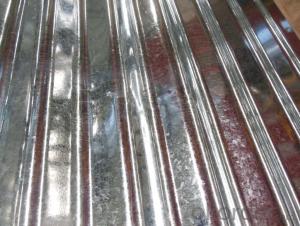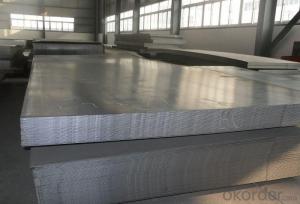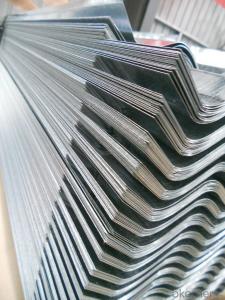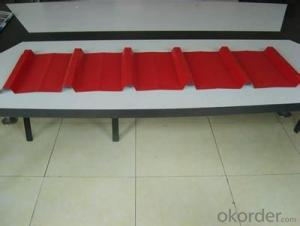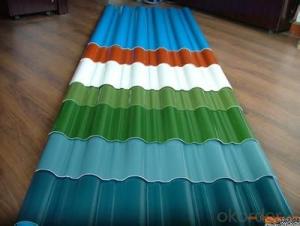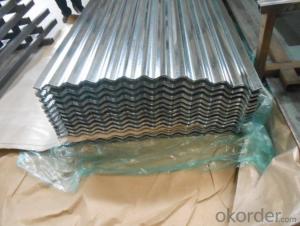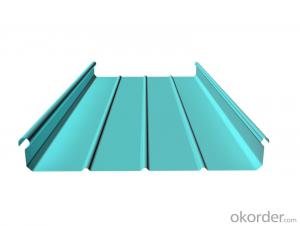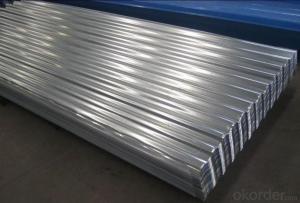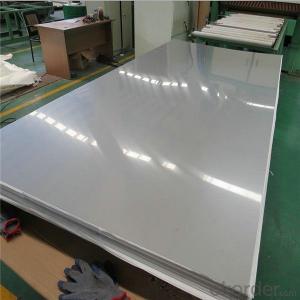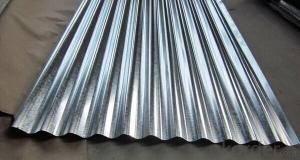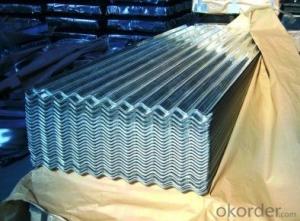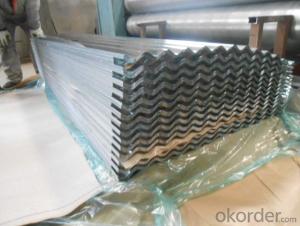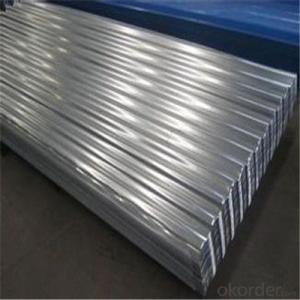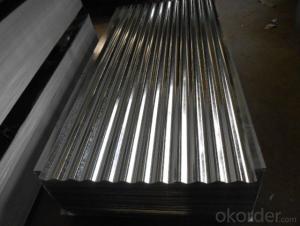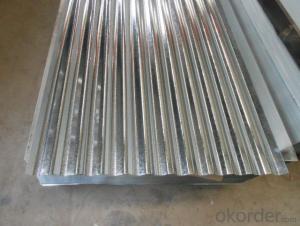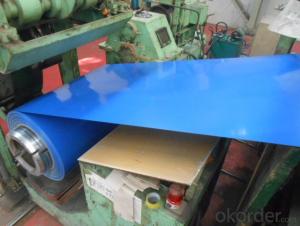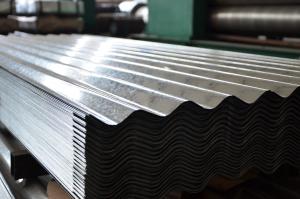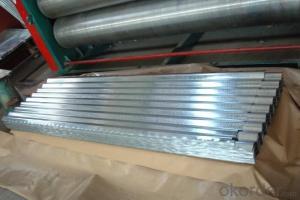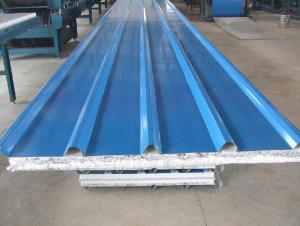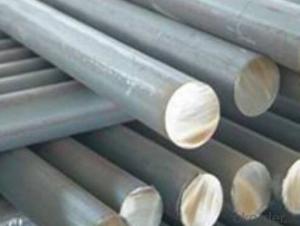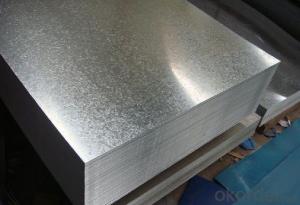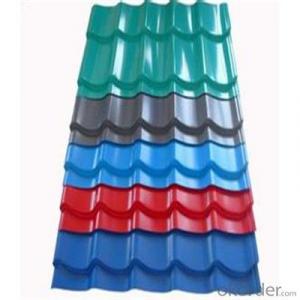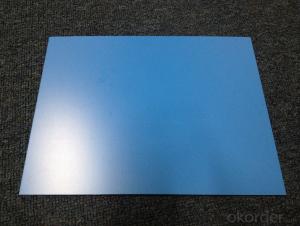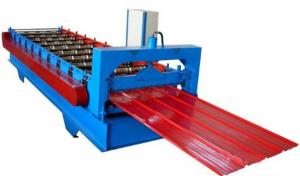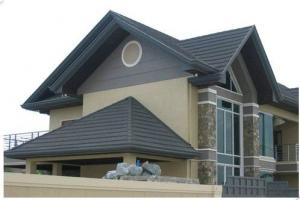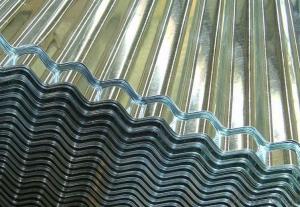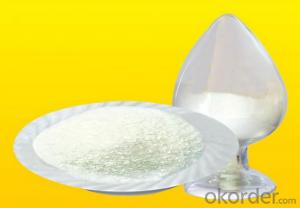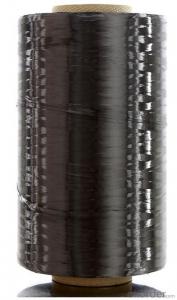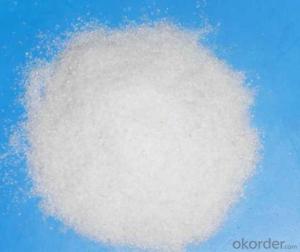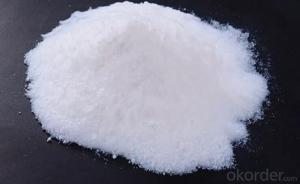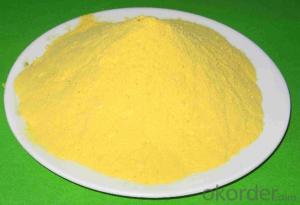Galvanised Steel Corrugated Roofing Sheets
Galvanised Steel Corrugated Roofing Sheets Related Searches
Corrugated Shed Roof Sheets Galvanized Steel Roofing Panels Corrugated Felt Roof Sheets Plastic Coated Steel Roofing Sheets Galvanized Steel Roof Galvanized Corrugated Steel Corrugated Galvanized Steel Galvanized Steel Shed Perspex Corrugated Roofing Sheet Galvanized Steel Roof Panel Corrugated Aluminum Sheet 3 Inch Corrugated Roof Sheets Fitting Corrugated Plastic Roofing Sheets Clear Corrugated Perspex Roofing Sheets Galvanized Steel Storage Shed Bituminous Corrugated Roofing Sheet Coroline Roofing Sheets Galvanized Steel Panels Galvanized Steel Wall Panels Galvanized Steel Fence Panels Corrugated Roof Sealant Powder Coating Galvanized Steel Galvanized Steel Beams Steel Galvanized Corrugated Perspex Sheet Galvanized Steel Sheet 4x8 Green Plastic Roofing Sheets Weld Galvanized Steel Corrugated Polycarbonate Roofing Thin Stainless Steel SheetsGalvanised Steel Corrugated Roofing Sheets Supplier & Manufacturer from China
Galvanised Steel Corrugated Roofing Sheets are a popular choice for roofing and cladding applications due to their durability, cost-effectiveness, and ease of installation. Made from galvanised steel, these sheets provide excellent corrosion resistance and are suitable for a wide range of construction projects. They are known for their ability to withstand harsh weather conditions and offer long-lasting protection to the structures they cover.These roofing sheets are widely used in various applications, including residential, commercial, and industrial buildings. They are particularly popular in agricultural and industrial settings, where they provide reliable protection against the elements for storage facilities, workshops, and other structures. Galvanised Steel Corrugated Roofing Sheets are also commonly used in the construction of temporary shelters, as their lightweight and easy-to-install nature makes them an ideal solution for quick and efficient construction.
Okorder.com is a leading wholesale supplier of Galvanised Steel Corrugated Roofing Sheets, offering a vast inventory of high-quality products to cater to the needs of various industries. With a commitment to providing excellent customer service and competitive pricing, Okorder.com ensures that customers can access the roofing sheets they require for their projects with ease and convenience.
Hot Products

